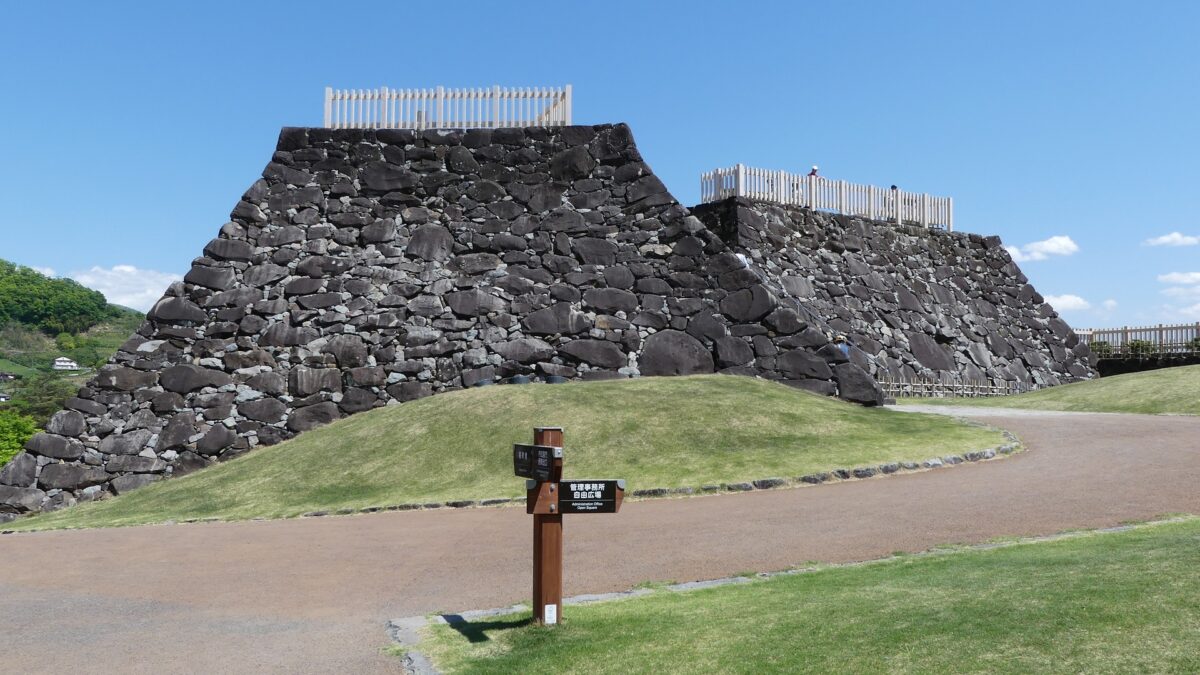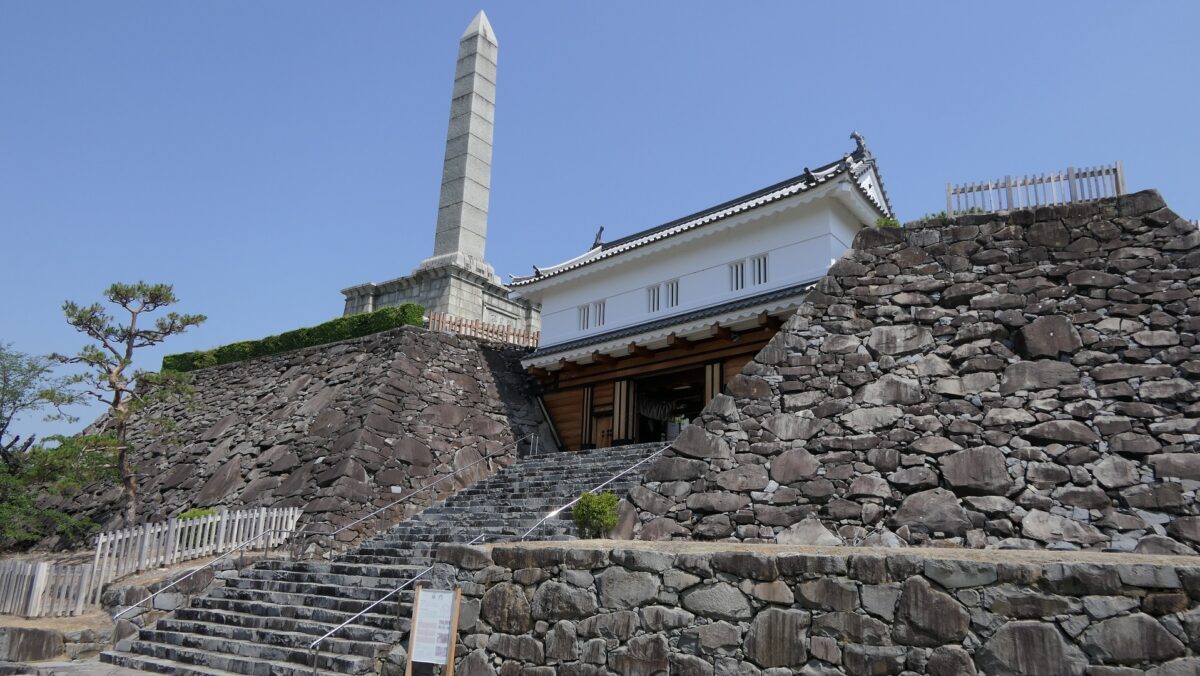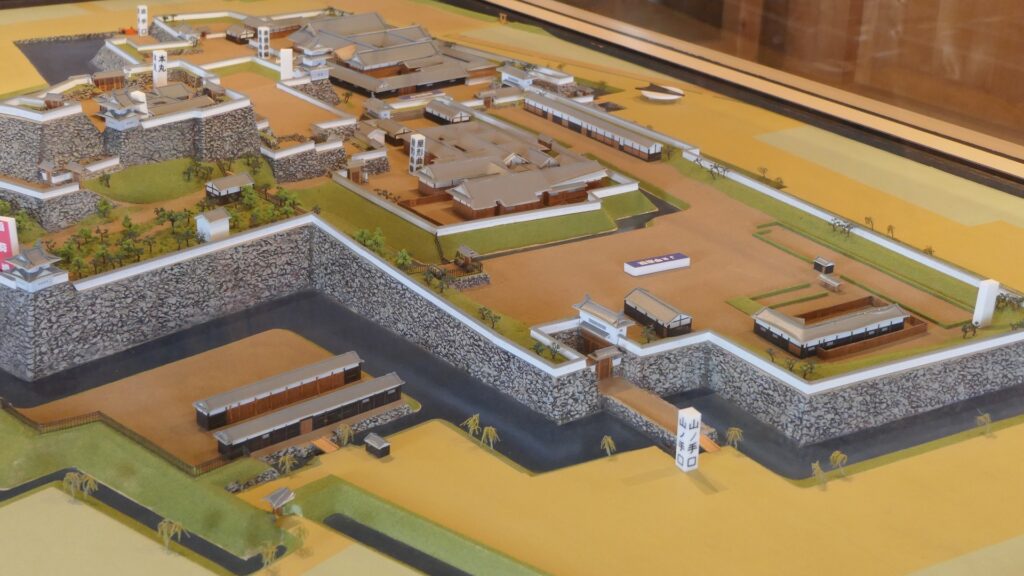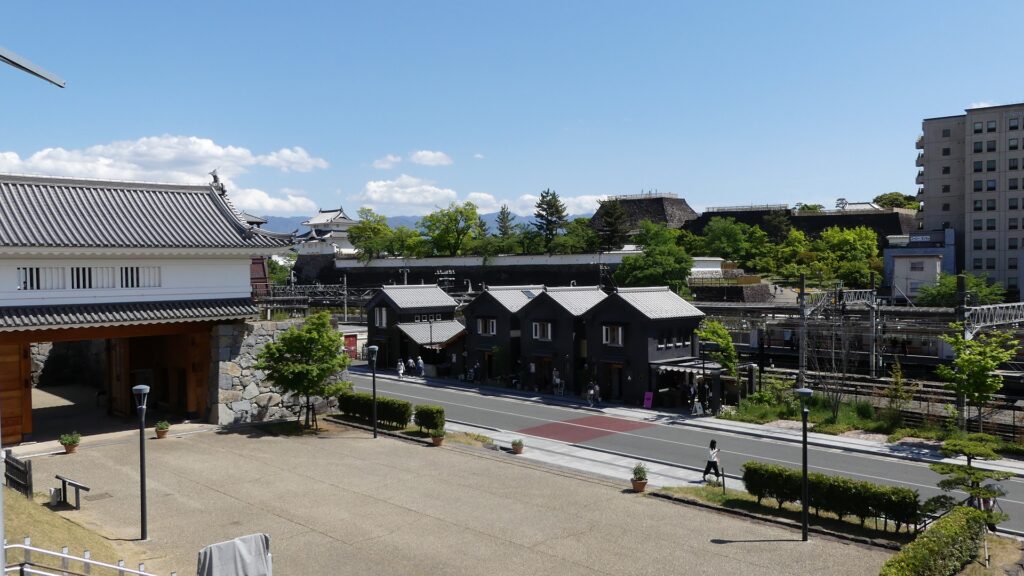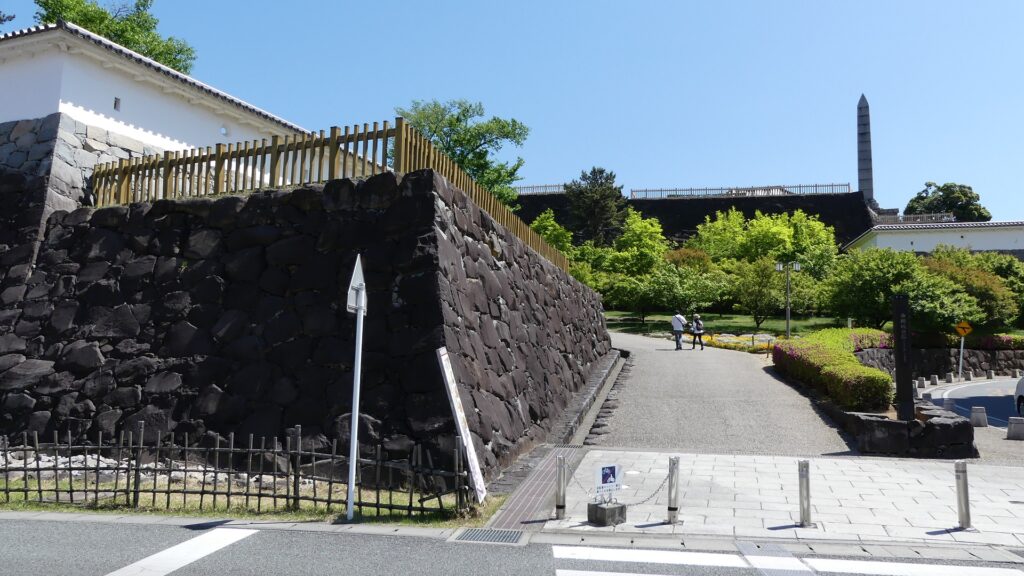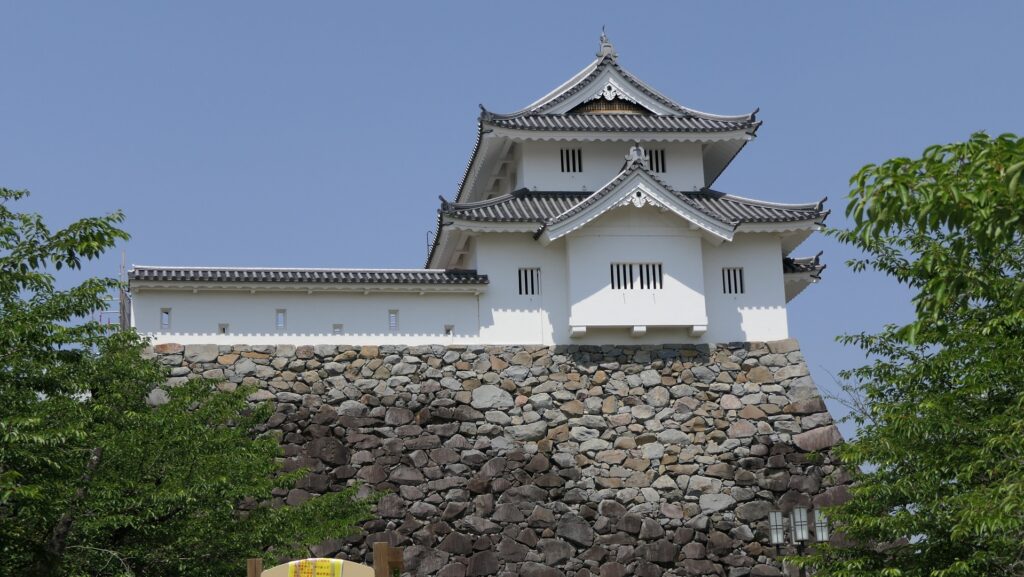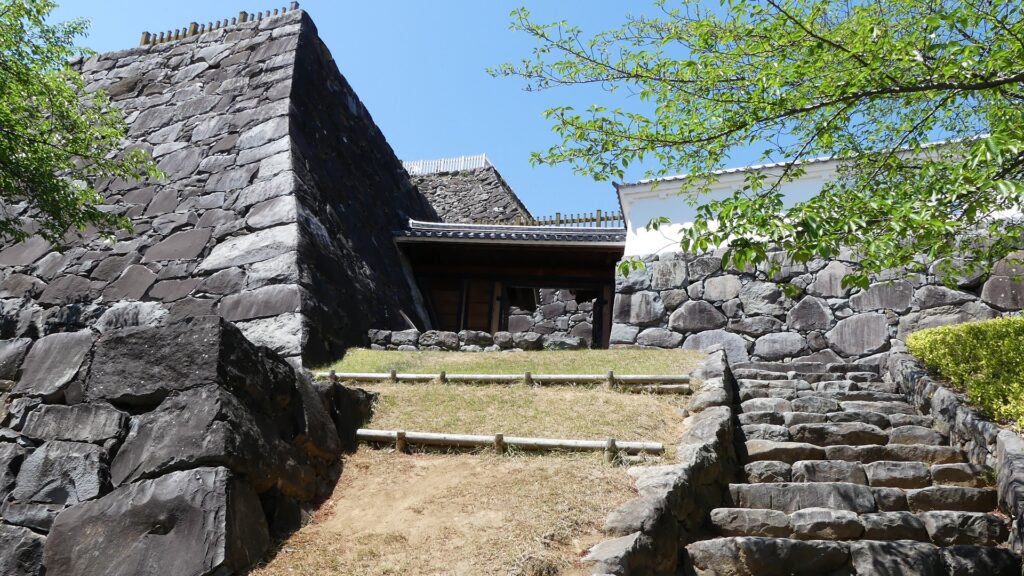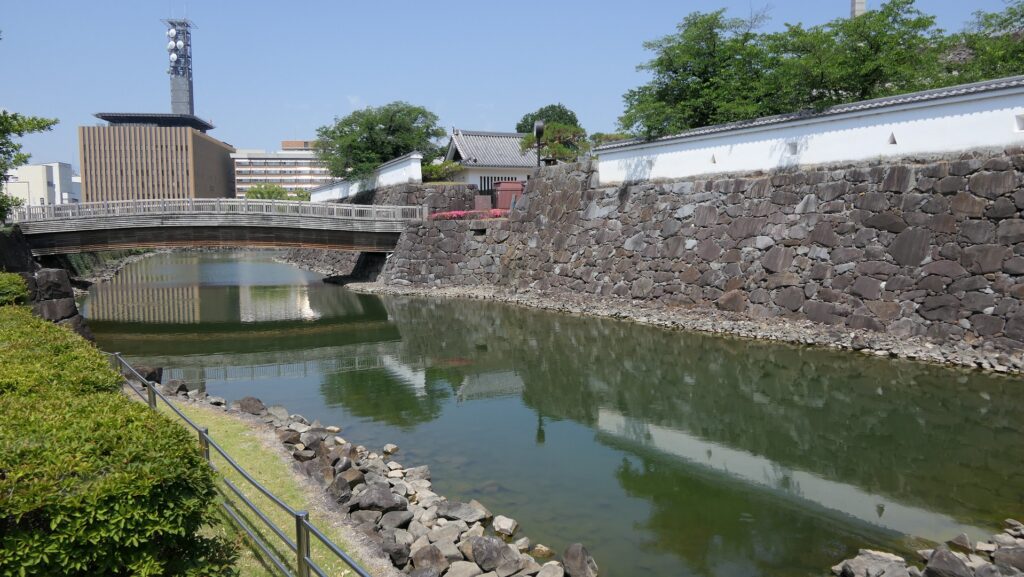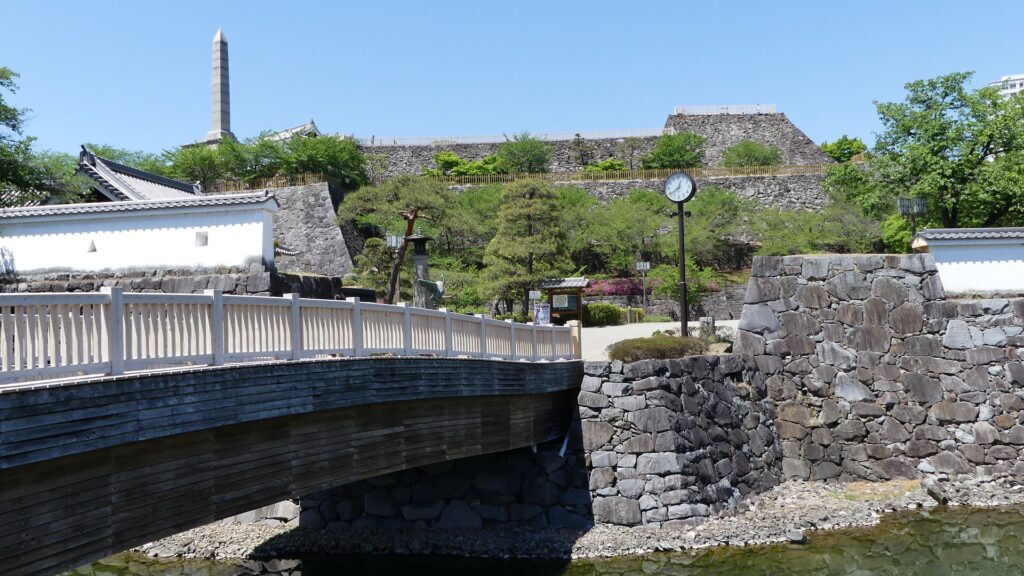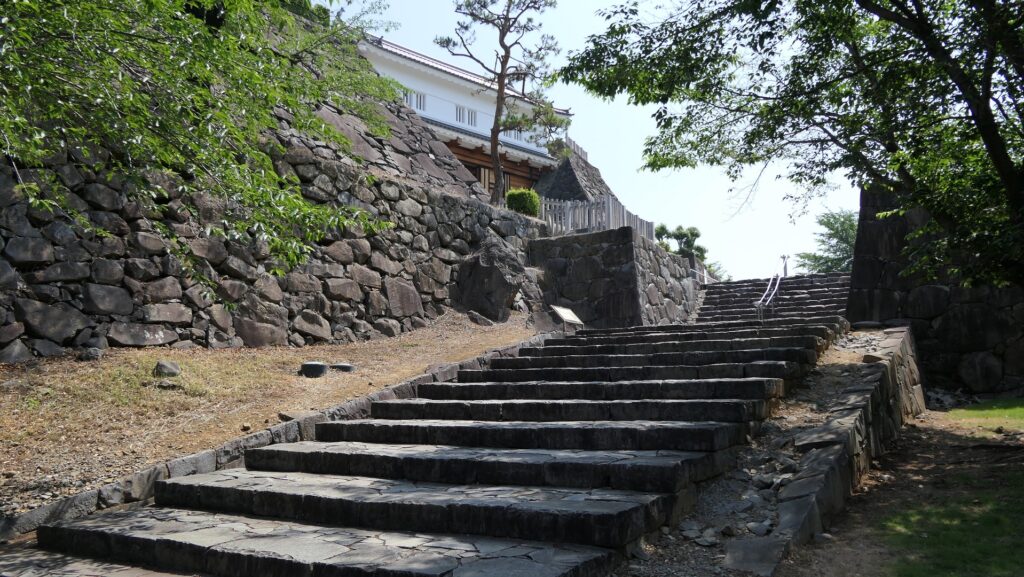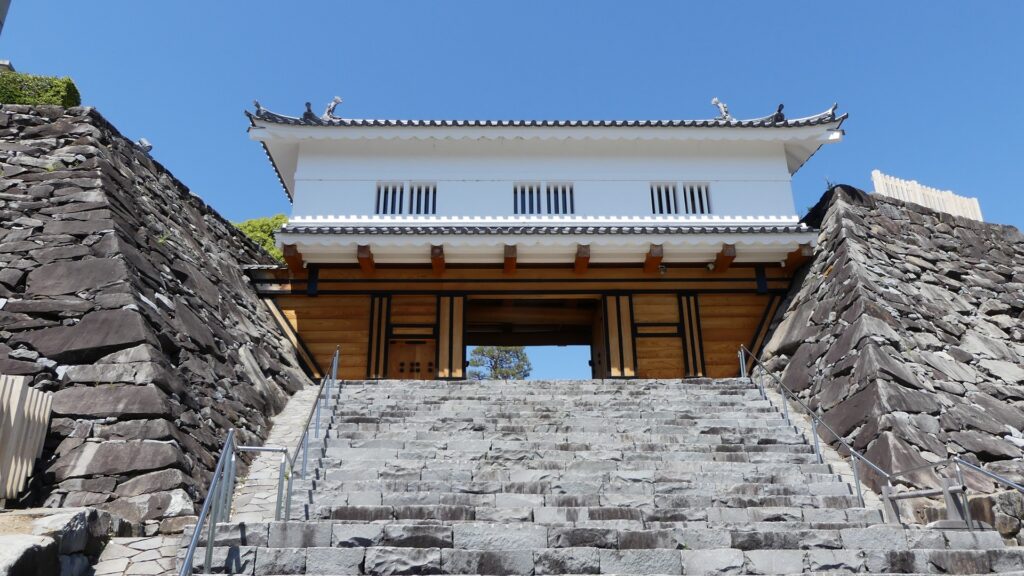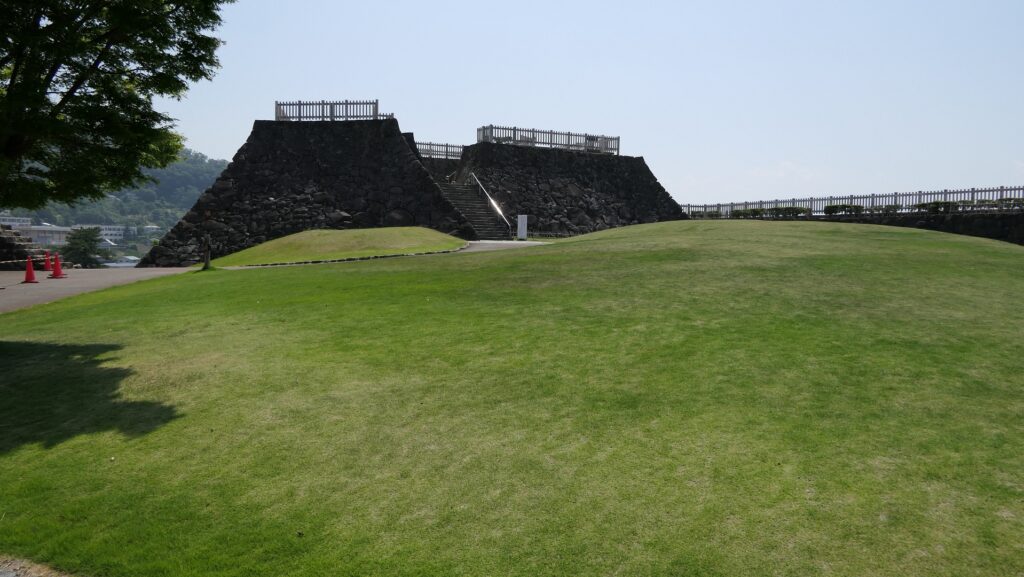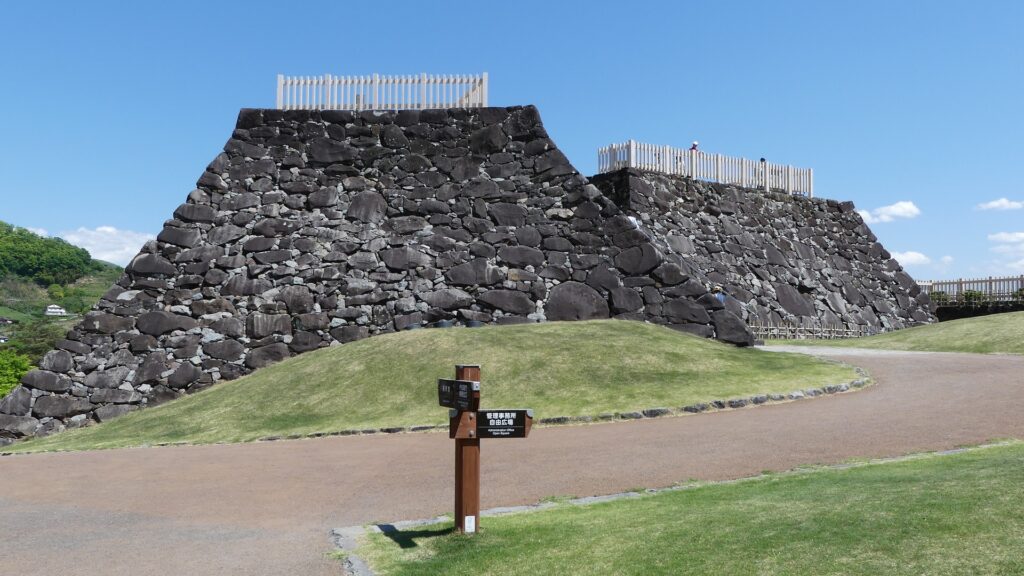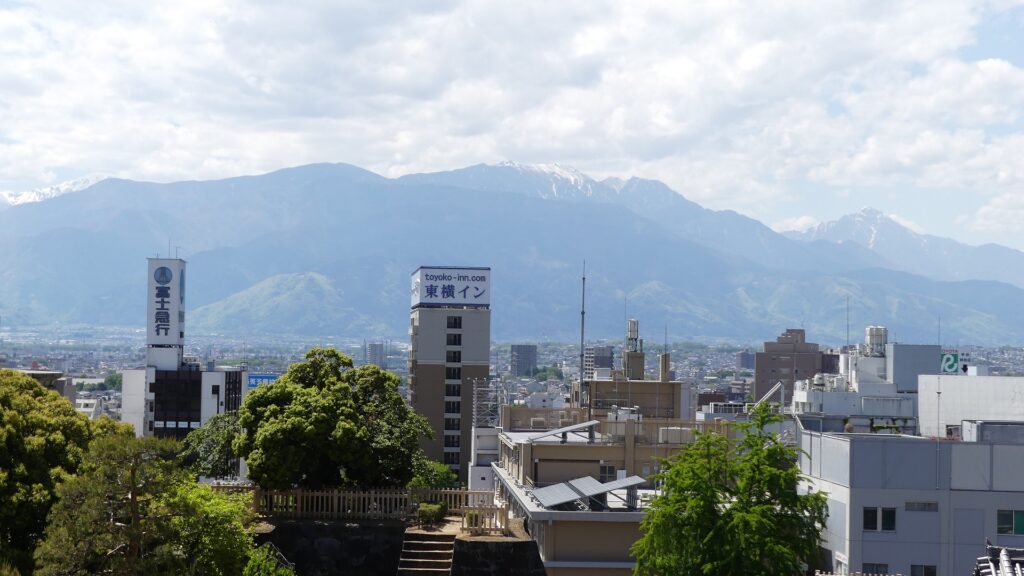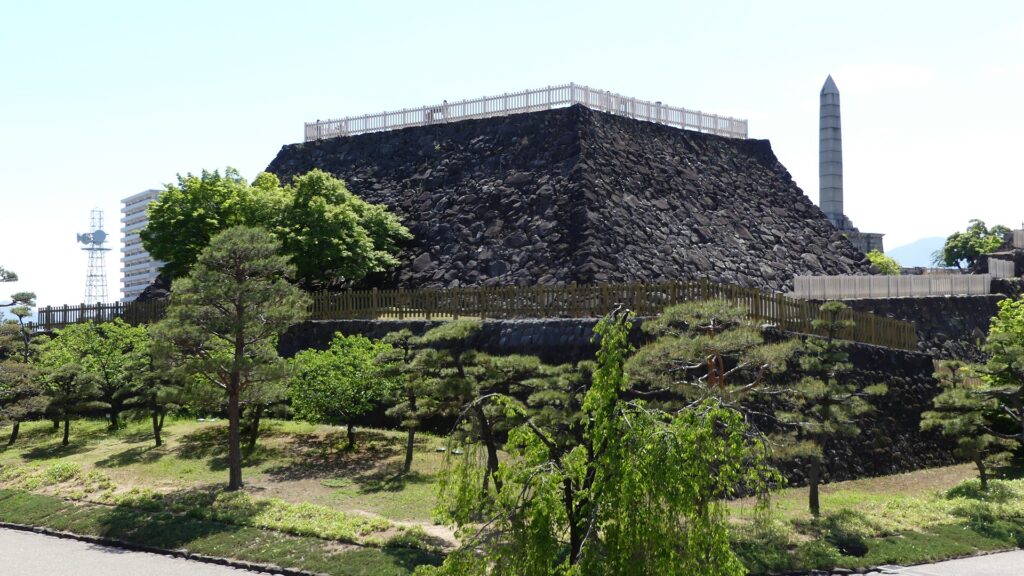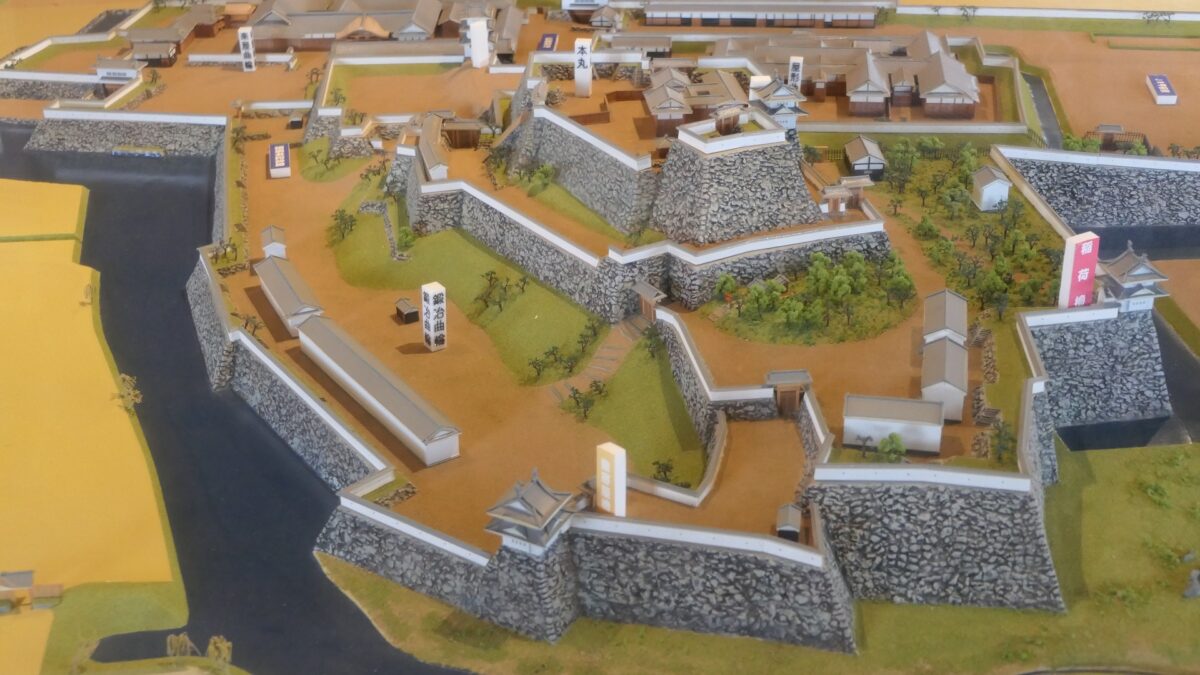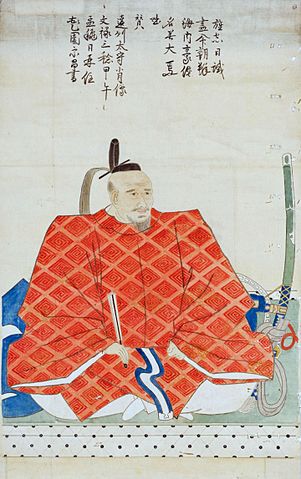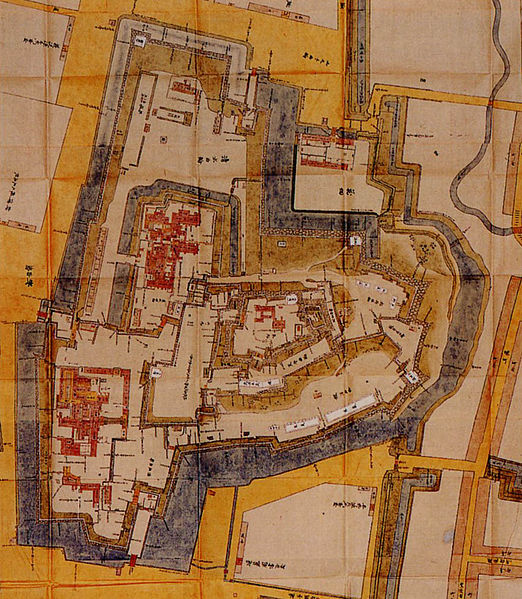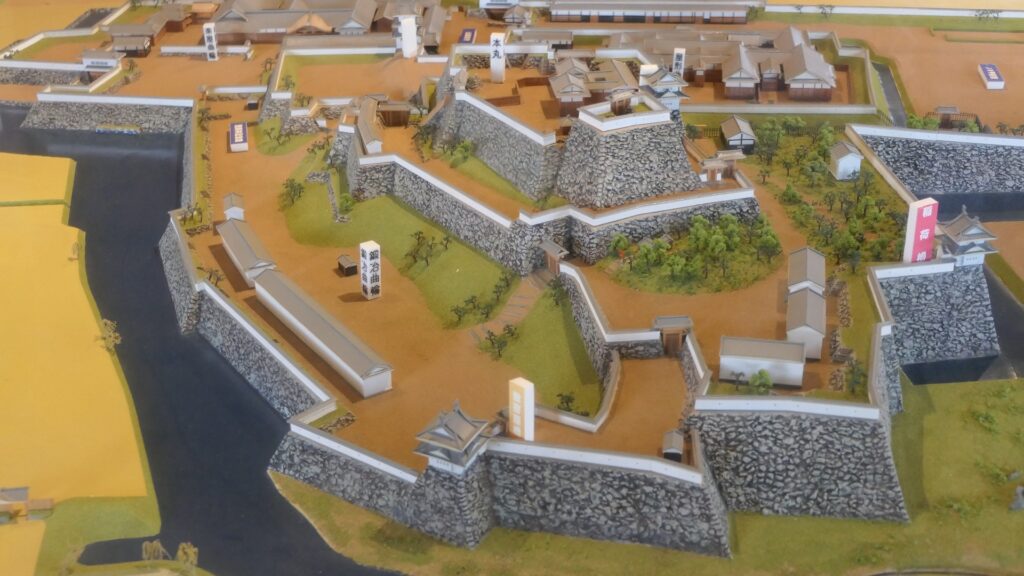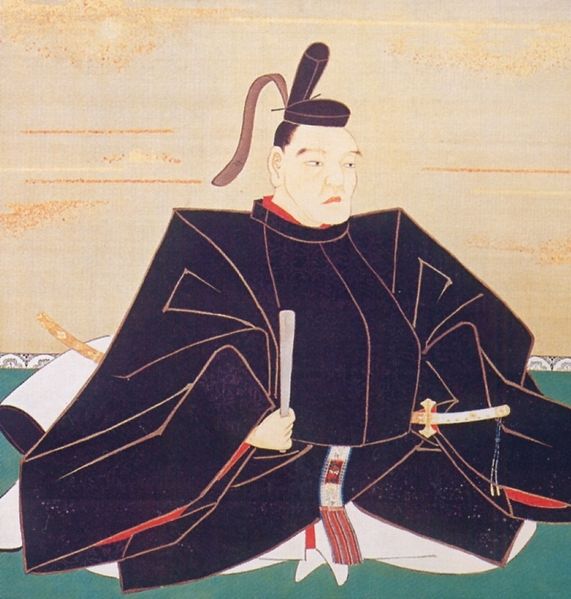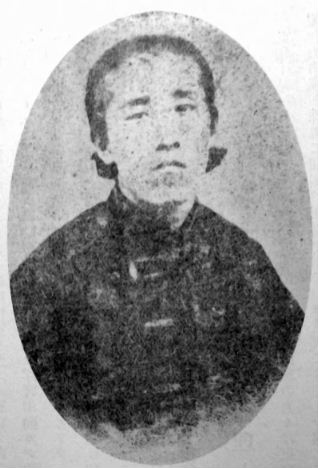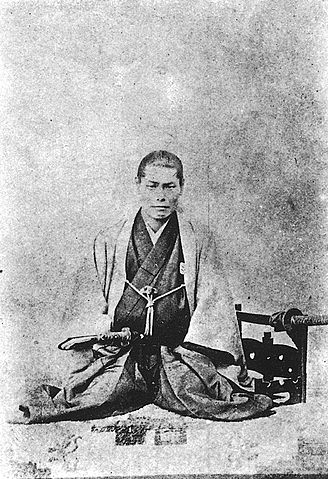Features
Other Attractions outside Castle ruins
Two restored gates called Uchimatsukage-mon Gate and Kaji-kuruwa-mon Gate are open to the public road at the western foot of the hill. they look like the entrances of the castle, but they were the gates between other enclosures, which means the castle was so large in the past.
The map around the castle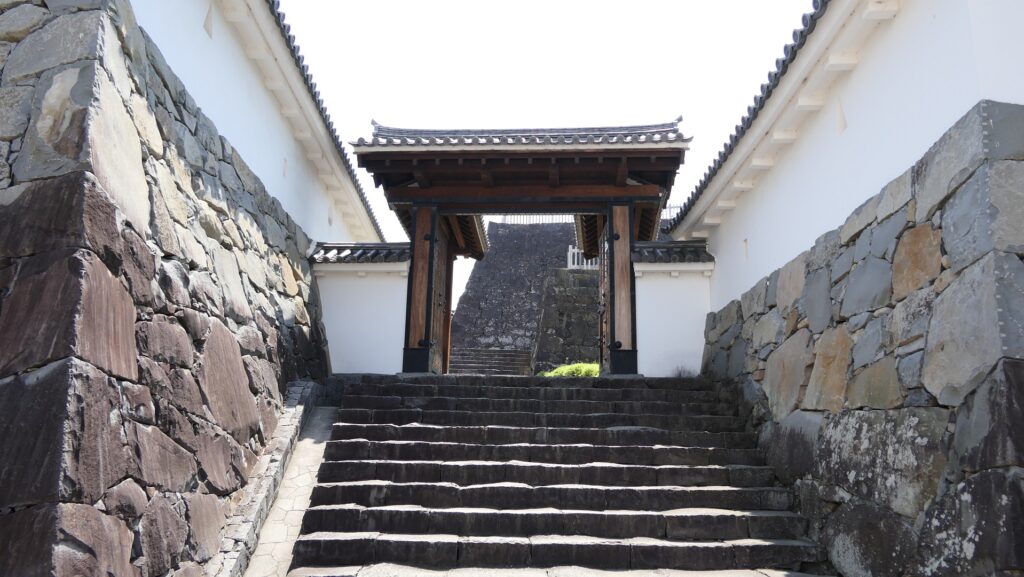
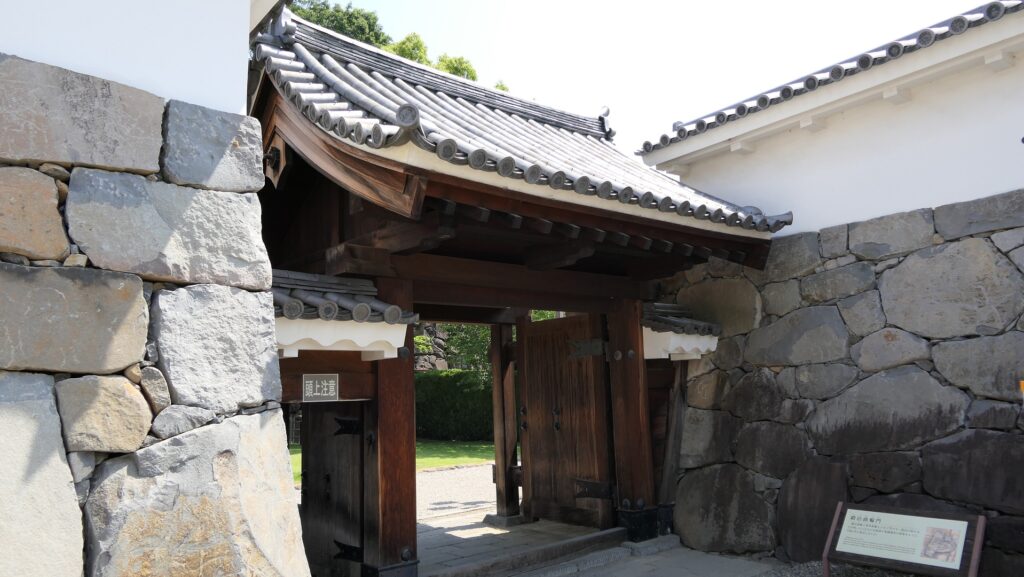
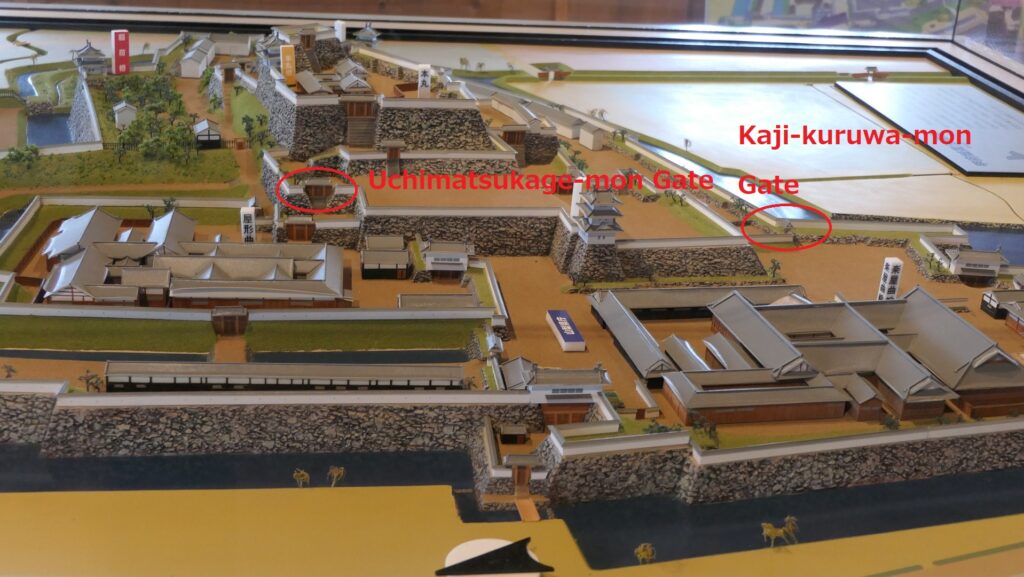
Finally, I recommend walking outside the eastern side of the hill to have a better look of the high stone walls. The walls are 17m high which are one of the highest ones in eastern Japan. The method of piling the stones is called Nozura-zumi using natural stones, so they look very natural. The method became popular when the castle was built. You can see them close by from the road alongside them which was part of the Inner Moat.
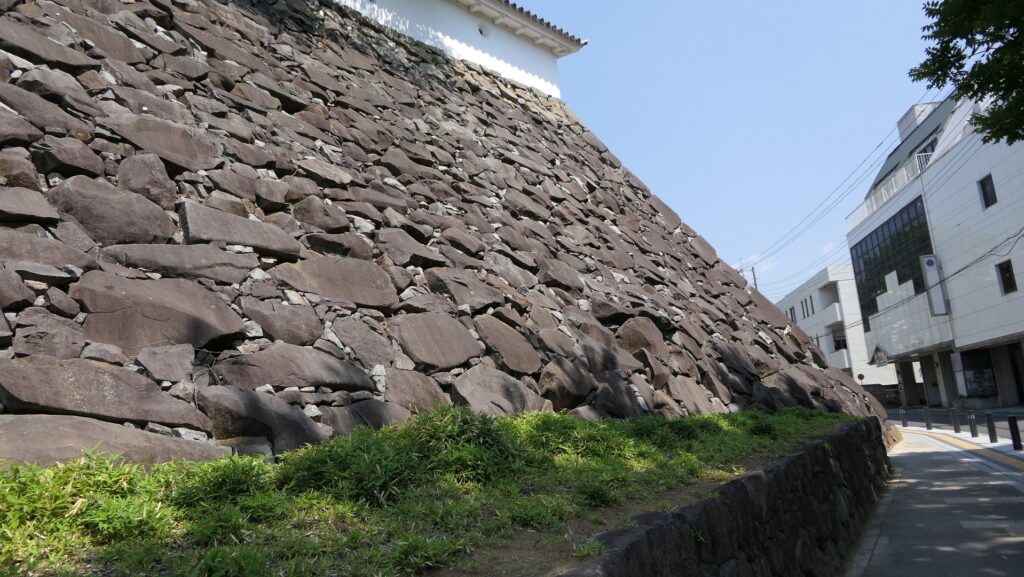

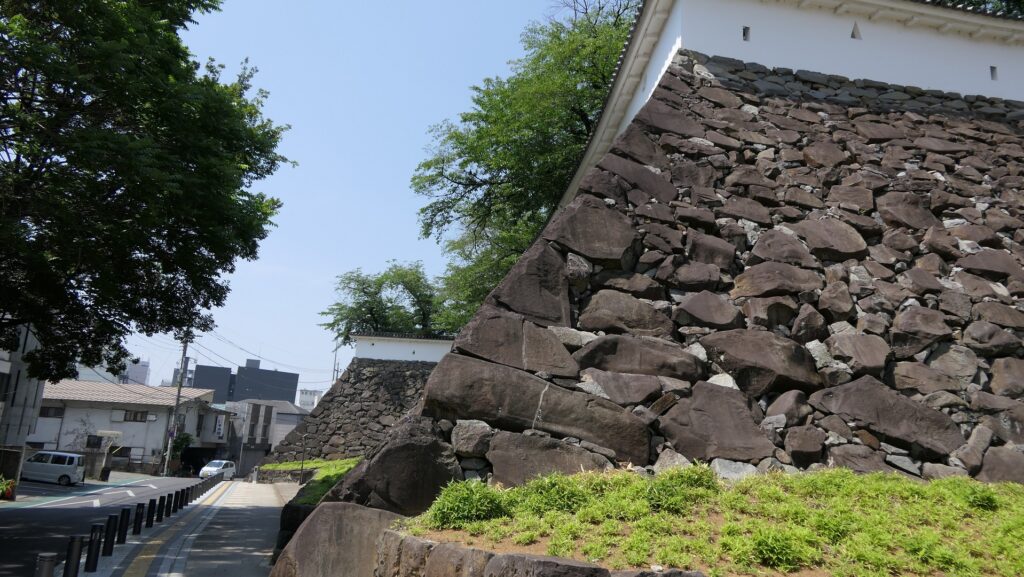
Later History
After the Meiji Restoration, Kofu Castle was abandoned and all the buildings of the castle were demolished. The ruins were turned into the industrial experimental station such as for silk making and brewing. After that, the ruins partly became a park, but the rest was turned into the city area. They were first designated as a Prefectural Historic Site in 1968. Yamanashi Prefecture has been developing the park investigating the ruins and restoring the castle buildings. They were finally designated as a National Historic Site in 2019.
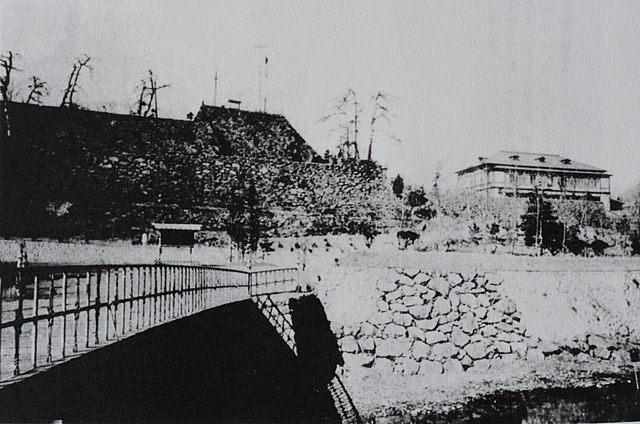
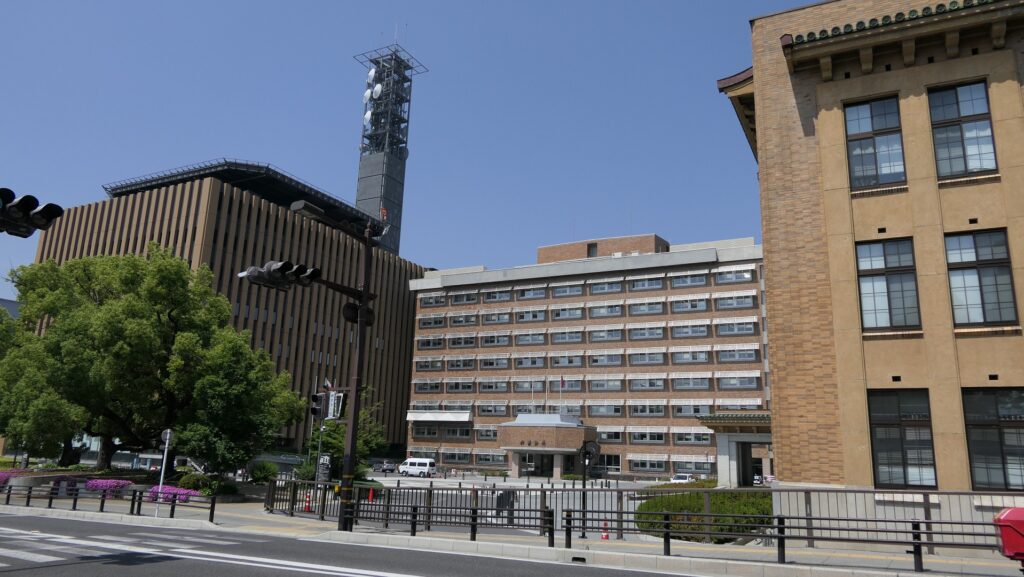
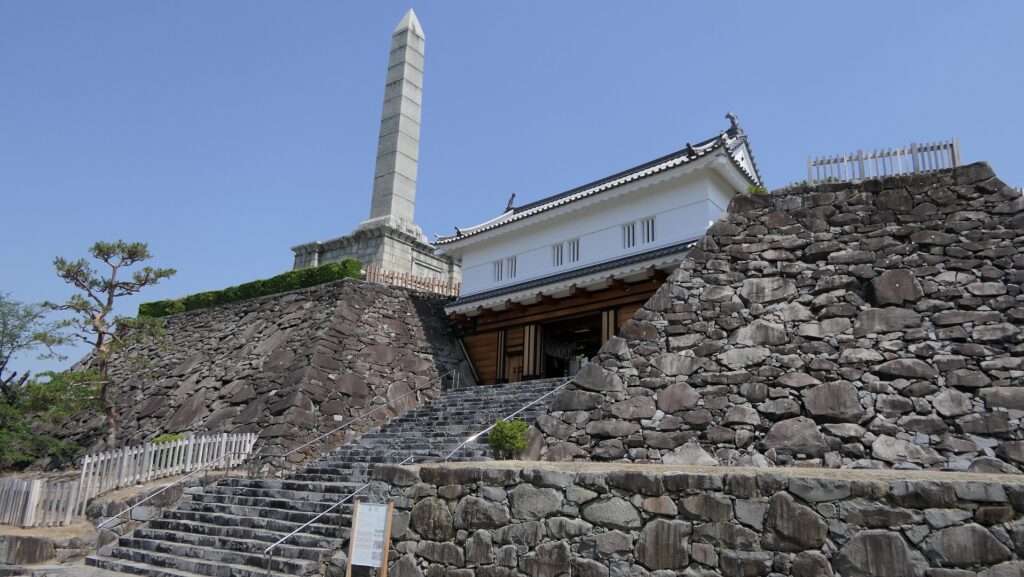
My Impression
I think Kofu Castle may not be so popular for its potential. It could be because people usually think Kofu City is a legacy of the Takeda Clan. Kofu Castle was built after Takeda. However, if you visit and learn about the castle, you will find that the city was clearly developed based on the castle. The restored castle buildings look good, and the remaining stone walls are particularly great. The stone walls look rough, but are piled wisely. We can enjoy seeing the contrast everywhere in the castle.
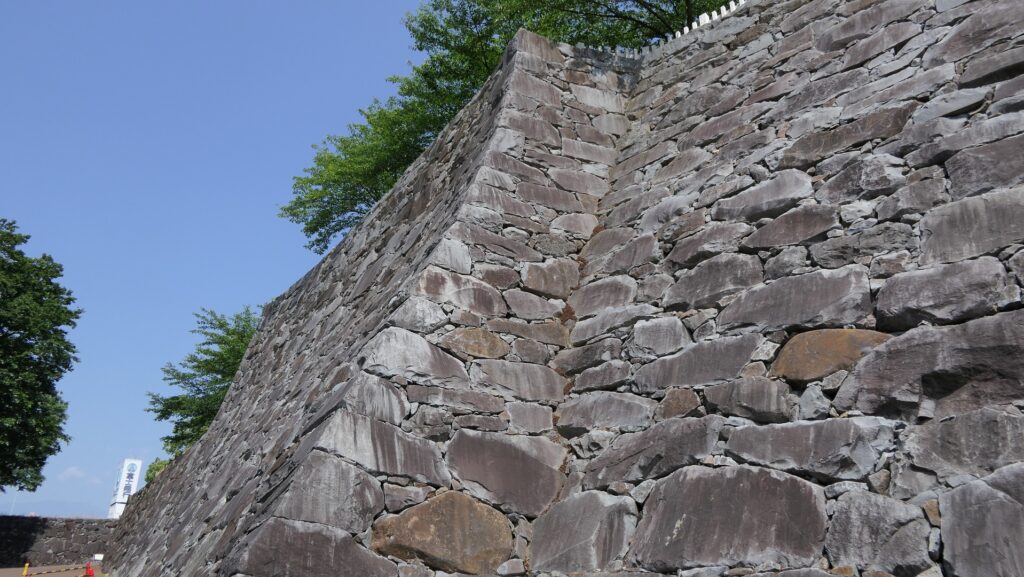
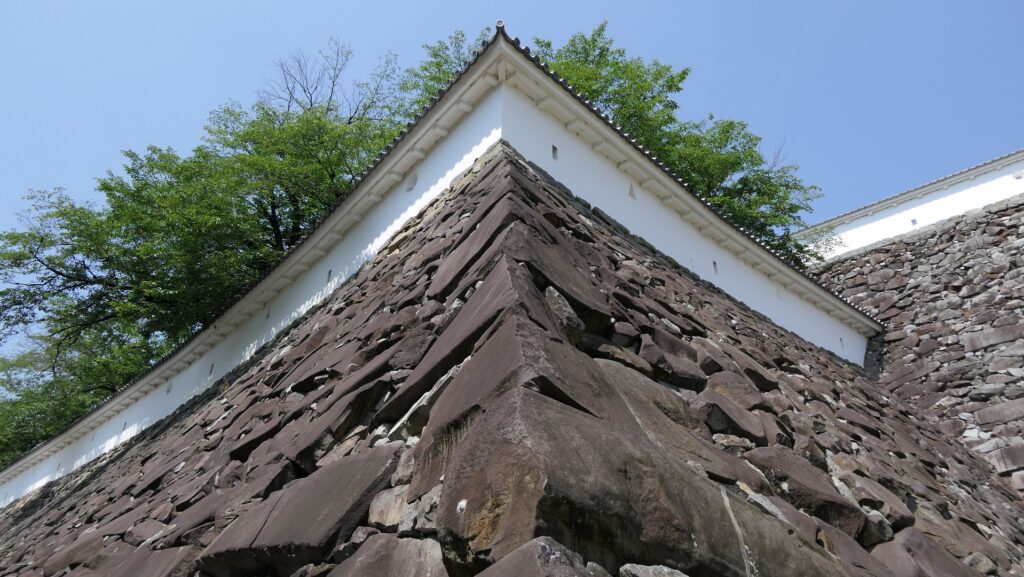
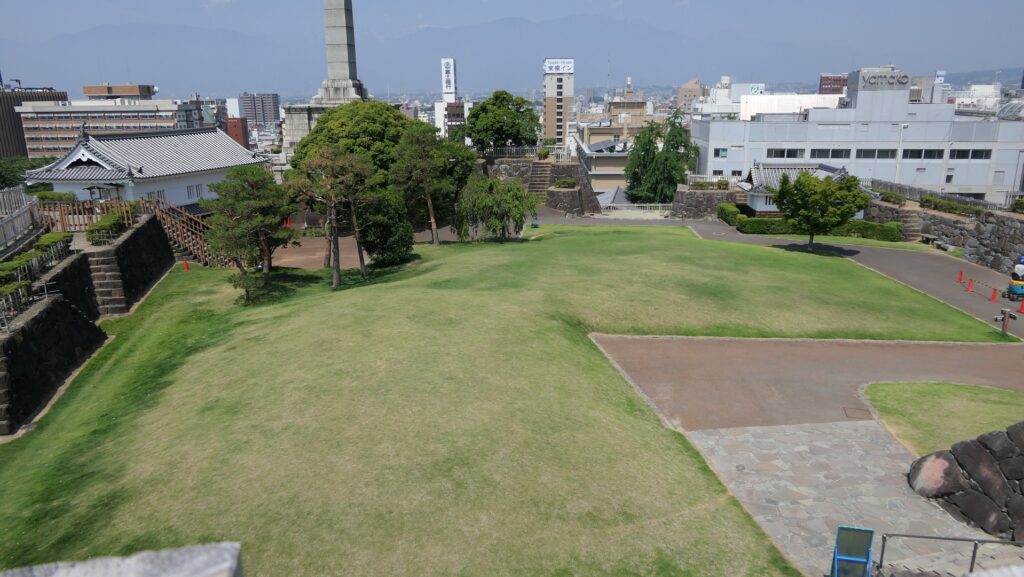
How to get There
If you want to visit there by car:
It is about 15 minutes away from Kofu-Showa IC or Kofu-Minami IC on the Chuo Expressway.
There are several parking lots around Kofu Station.
By train, it is very close to Kofu Station.
To get to Kofu Station from Tokyo: Take the limited express Azusa or Kaiji at Shinjuku Station, and get off at Kofu Station. It takes about 1 hour and a half.
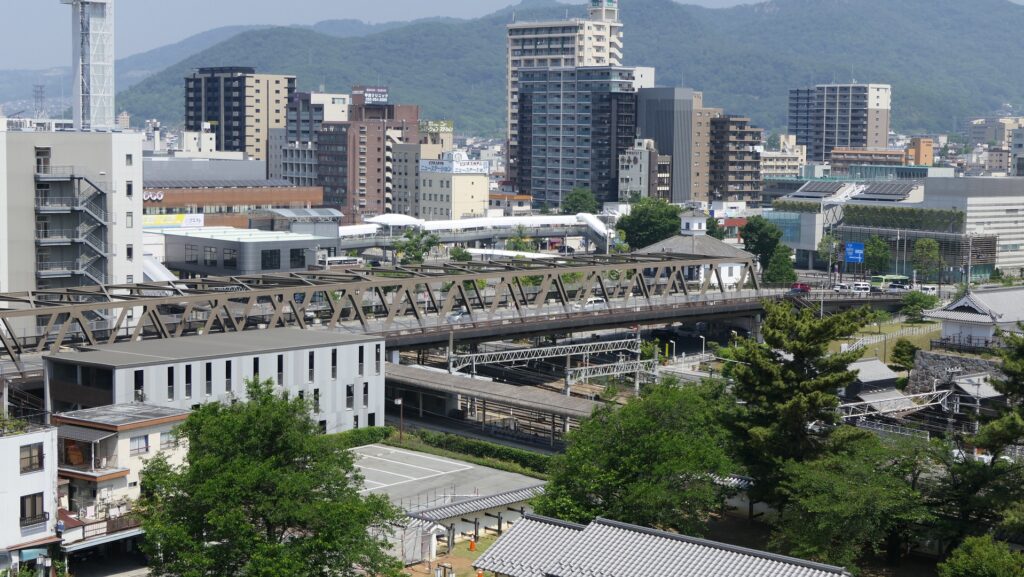
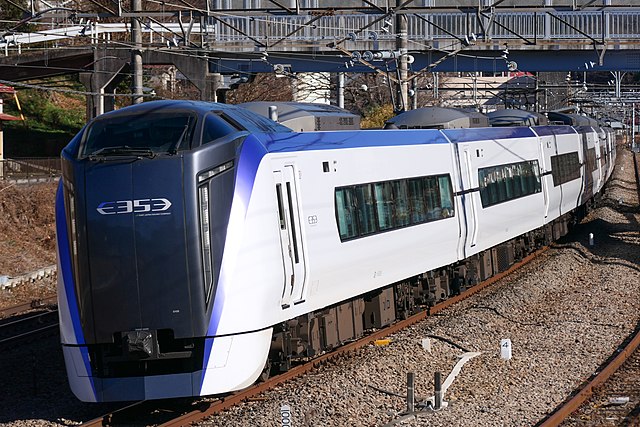
Links and References
That’s all. Thank you.
Back to “Kofu Castle Part1”
Back to “Kofu Castle Part2”

